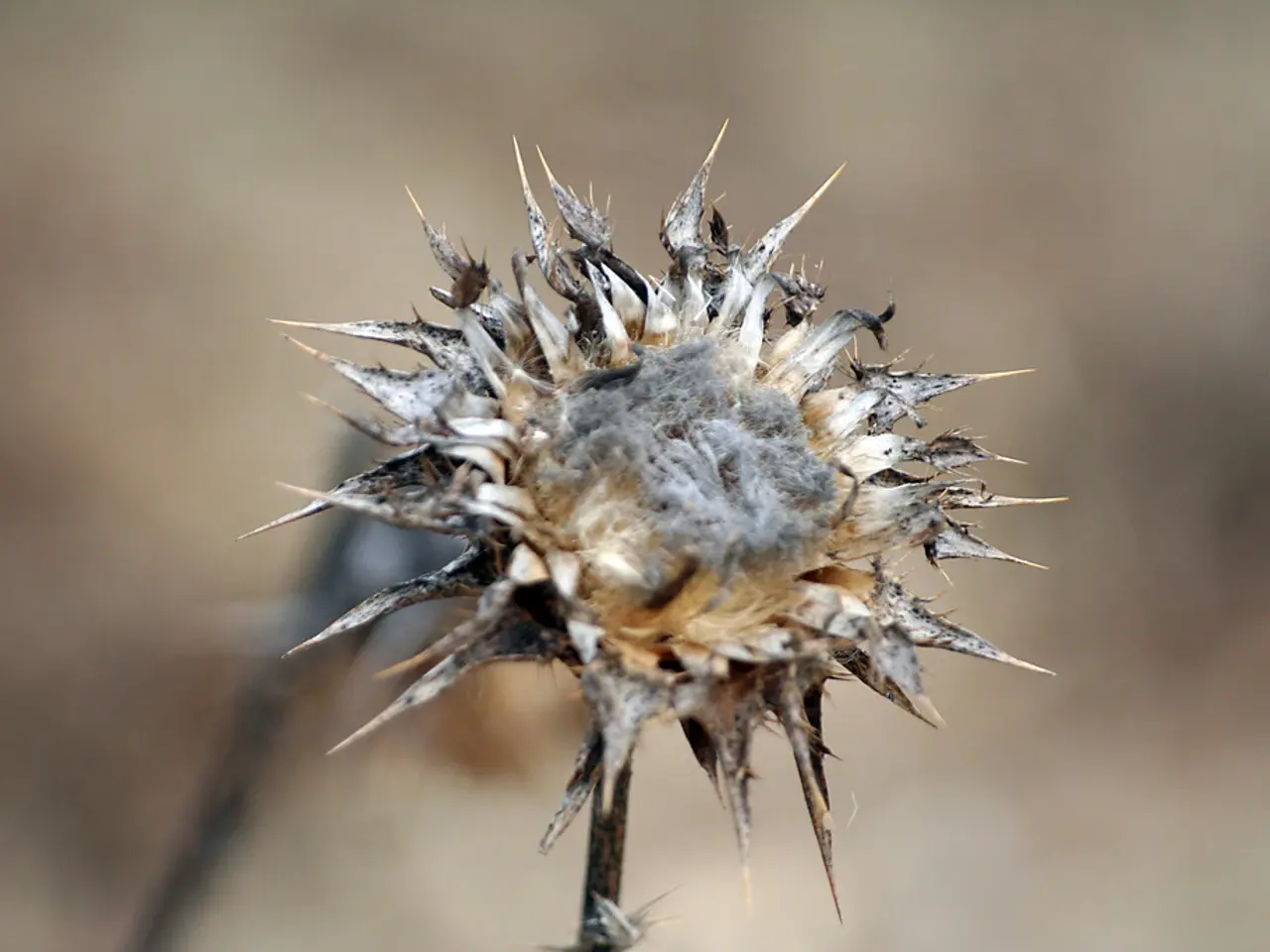What is the Optimal Humidity for Orchids to Flourish and Strategies to IncreaseMoisture Content
=====================================================================================
Orchids, with their exotic blooms, are prized by many as a beautiful addition to indoor gardens. However, maintaining the right humidity levels is crucial for their well-being, as most orchids thrive in humid environments.
Most common houseplant orchids, such as Phalaenopsis (moth orchids) and general epiphytes, prefer humidity between 40% and 70%. This range is more humid than most homes, which often fall below 40% indoors, especially in heated or air-conditioned environments.
Phalaenopsis orchids, in particular, prefer humidity between 50-70% to support healthy growth and blooming. These orchids are considered beginner-friendly and perform well at typical indoor temperatures and moderate humidity, boosted by humidity trays or humidifiers when necessary.
To maintain humidity levels, simple measures can be taken. Placing the pots on trays filled with water and pebbles (humidity trays) is an effective method. Grouping plants together can also create a microclimate, while ensuring adequate air circulation prevents fungal issues. In some cases, using a humidifier near plants may be necessary. However, be aware of the risk of crown rot.
Some specific orchid types may have additional needs. For instance, Vanda orchids like very high humidity and daily watering, while Bulbophyllum orchids prefer warm, moist, shaded environments.
In typical homes, where humidity is around 30-40%, creating higher humidity microclimates for orchids is important and achievable. Bathrooms and kitchens, with naturally higher moisture, can be ideal locations for orchids.
Ensuring humidity is within the recommended range helps prevent wrinkled leaves from dehydration and supports sustained blooming and growth. A hygrometer can help maintain the ideal humidity percentage for specific types of orchids.
Remember, orchids are tropical plants that evolved to grow in warm, moist climates. Winter and summer heating/cooling systems can lower humidity levels, making it less likely for an orchid to bloom again.
By providing the right humidity, watering, fertilizing, compatible light, and temperature levels, you can help your orchids thrive and enjoy their stunning blooms for years to come.
[1] Orchid Care Tips: Humidity and Watering (2021). Orchid Care Tips
[2] How to Increase Humidity for Orchids (2020). Orchid Care Central
[3] The Importance of Humidity for Orchids (2020). Orchid Care Solutions
[4] Humidity Requirements for Different Orchid Species (2021). Orchid Care Forum
- To foster an environment suitable for various orchid species, one might consider incorporating home-and-garden elements such as humidity trays or humidifiers to raise the indoor humidity levels and mimic the orchid's tropical climate.
- For maintaining a healthy lifestyle with orchids, it's essential to pay close attention to humidity requirements, as gardens filled with these elegant blooms thrive best at humidity levels between 40% and 70%, something that often falls below the preferred range in typical homes.




